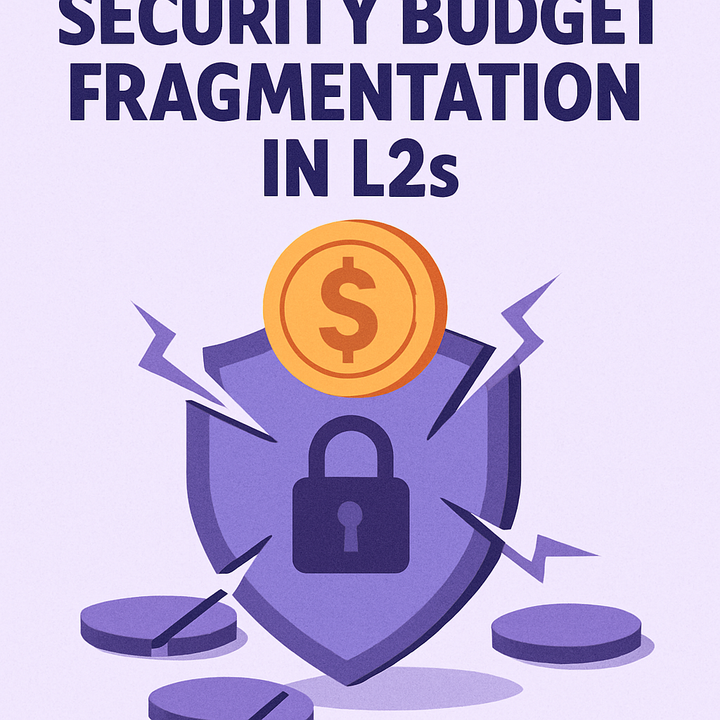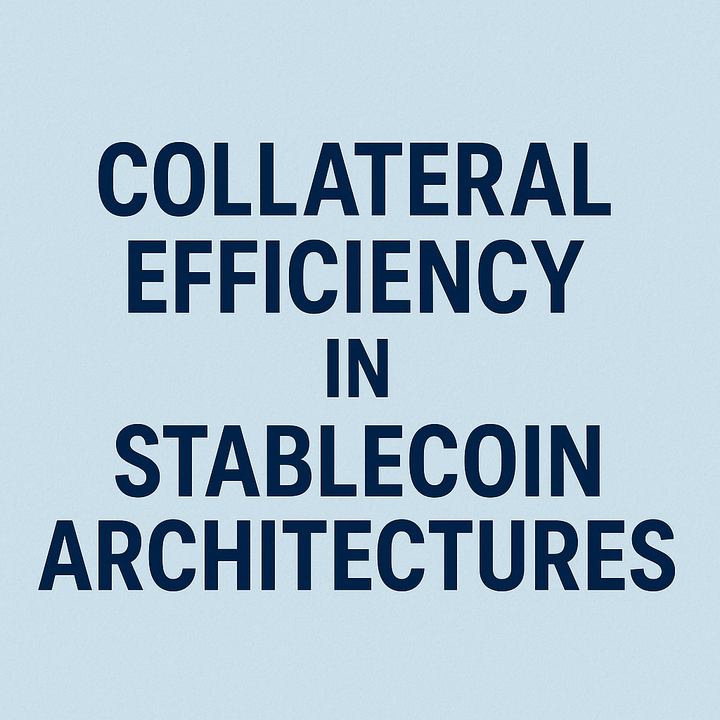From SaaS to RaaS: The Evolution of Software Delivery in the Blockchain Era
The digital currents of technology are constantly reshaping the very infrastructure upon which modern business operates. For decades, the paradigm of delivering software has undergone profound shifts, moving from on-premise installations to the ubiquitous cloud-based model that now dominates industries worldwide.
Yet, as this evolution accelerates, particularly with the rise of blockchain, a new, specialized form of service delivery is emerging, promising to redefine not just how software is consumed, but how decentralized applications are built and scaled. This is the story of Software as a Service (SaaS) and its blockchain-native evolution, Rollups as a Service (RaaS), a transformation that is fundamentally altering the landscape of digital innovation.
The Ubiquitous Reign of Software as a Service (SaaS)
For nearly two decades, Software as a Service (SaaS) has been the dominant model for delivering applications to end-users, fundamentally changing how businesses acquire and utilize technology. Traditionally, software required purchasing licenses, installing programs on local servers, and managing complex IT infrastructure. SaaS revolutionized this by delivering applications over the internet, allowing users to access powerful tools directly through a web browser or mobile application.
This cloud-based approach means that the SaaS vendor hosts and maintains the software, handling everything from hardware to security protocols, freeing businesses from the burden of infrastructure management. This ease of access and reduced operational overhead paved the way for its widespread adoption across virtually every industry.
The Core Advantages of SaaS: Accessibility and Efficiency
The widespread adoption of SaaS is rooted in its compelling advantages, which have democratized access to sophisticated software. One of the primary benefits is lower upfront costs, as businesses typically pay a subscription fee rather than large upfront licensing and installation expenses. This subscription model also allows for on-demand scalability, enabling companies to easily adjust their service levels, add features, or support more users as their needs evolve, without investing in additional hardware.
Furthermore, SaaS offers unparalleled accessibility, allowing users to access applications and data from any internet-connected device, supporting mobile workforces and enhancing collaboration. These benefits have made enterprise applications like CRM and ERP affordable for organizations of all sizes, but the centralized nature of SaaS inherently limits its potential in a decentralized world.
The Inherent Limitations of SaaS: Centralization and Control
Despite its undeniable success, the traditional SaaS model carries inherent limitations, particularly when viewed through the lens of decentralization. SaaS applications operate on a centralized cloud infrastructure, meaning a single provider controls the software, data, and underlying servers.
This centralization can lead to concerns about data privacy, vendor lock-in, and potential single points of failure. While SaaS providers invest heavily in cybersecurity and uptime guarantees, the ultimate control remains with them, contrasting sharply with the blockchain ethos of user ownership and distributed control. This fundamental difference highlights a growing tension between the convenience of centralized services and the burgeoning demand for transparent, trustless, and user-governed applications, setting the stage for a new paradigm.
The Rise of Rollups: Scaling Blockchain's Future
The blockchain ecosystem, while promising decentralization, has long grappled with scalability challenges, leading to high transaction fees and network congestion on foundational layers like Ethereum. This is where rollups emerged as a critical Layer 2 solution. Rollups enhance blockchain scalability by processing transactions off-chain, bundling multiple transactions into a single batch, and then submitting them to the main blockchain.
This significantly reduces the computational load on the primary chain, leading to faster transaction times and lower fees. There are two main types: Optimistic Rollups, which assume transactions are valid unless challenged, and Zero-Knowledge (ZK) Rollups, which provide cryptographic proofs of validity upfront. These innovations are vital for making blockchain technology more practical for everyday use, and their complexity has given rise to a new service model.
Defining Rollups as a Service (RaaS): Blockchain's New Frontier
The complexity of setting up and managing rollups, which involves intricate infrastructure, developer tools, and ongoing maintenance, led to the emergence of Raas. RaaS providers streamline the entire rollup deployment process, offering pre-built frameworks, SDKs, and managed infrastructure.
This allows developers and businesses to focus on building their decentralized applications (dApps) and fostering their ecosystems, rather than grappling with the intricacies of chain deployment. RaaS essentially abstracts away the technical complexities of launching a custom blockchain, making these powerful scaling solutions accessible to a much wider audience. This simplification is crucial for accelerating Web3 adoption, as it lowers the barrier to entry for innovative projects.
RaaS Benefits: Customization, Performance, and Ownership
RaaS offers a compelling suite of benefits tailored to the unique needs of blockchain projects. Unlike general-purpose public blockchains, RaaS allows for custom chain configuration, enabling projects to fine-tune parameters like block time, gas throughput, and transactions per second (TPS) to meet specific application requirements.
This independence allows for better performance and a more aligned user base. Furthermore, RaaS providers often enable monetization potential by allowing projects to capture transaction volume and turn it into revenue, fostering sustainable economic models. By providing dedicated block space and control over sequencing, RaaS empowers projects with greater economic ownership and the flexibility to build highly specialized, high-performance dApps. This shift towards specialized infrastructure is being led by several key players in the RaaS market.
Key RaaS Providers: Pioneering the Ecosystem
The RaaS landscape is populated by a growing number of providers, each offering unique specializations and features to cater to diverse project needs. Prominent players include AltLayer, Caldera, Conduit, and Lumoz, among others. These providers offer various rollup frameworks, such as Optimism's OP Stack, Arbitrum Orbit, and zkSync's ZK Stack, allowing developers to choose the best fit for their technical requirements.
They manage the entire infrastructure stack, from RPC nodes to block explorers, ensuring secure, scalable, and reliable deployment. This competitive environment fosters innovation within the RaaS sector, as providers continuously enhance their offerings to attract the next wave of Web3 builders.
AltLayer: Elastic Rollups and Restaking Innovation
AltLayer stands out in the RaaS space as a decentralized and elastic protocol for rollups, designed to provide enhanced security, decentralization, interoperability, and fast finality. Its core innovation lies in the concept of(https://www.bitget.com/academy/what-is-altlayer-alt-and-how-does-it-work), which combine popular rollup stacks with EigenLayer's restaking mechanism. This allows for increased security by leveraging staked ETH from the main Ethereum chain.
AltLayer also offers a versatile, no-code RaaS launchpad, enabling developers to spin up customized rollups within minutes. This platform supports multiple chains, virtual machines, and data availability layers, providing a truly flexible environment for dApp deployment. AltLayer's focus on ephemeral rollups, designed for dApps expecting a surge in demand, further highlights its commitment to optimizing resource utilization.
Caldera and Conduit: Streamlining Rollup Deployment
Caldera and Conduit are two other significant RaaS providers known for simplifying the deployment of high-performance rollups. Caldera specializes in constructing layer-two blockchains tailored to specific needs, offering exceptional performance, flexibility, and user-centric features for decentralized applications. Its custom chains can handle hundreds of transactions per second with confirmations in mere seconds, making them ideal for DeFi, gaming, and NFT ecosystems.
Conduit, on the other hand, focuses on effortlessly deploying high-performance OP Chains (rollups built on Optimism's OP Stack) in minutes, taking care of scalability, reliability, and upgrades. Both platforms provide comprehensive tools like monitoring, block explorers, and transaction tracers, ensuring a seamless experience for developers. Their emphasis on ease of use and rapid deployment is crucial for accelerating product iteration in the fast-paced Web3 environment.
Lumoz: Specializing in ZK-RaaS and AI Integration
Lumoz is a decentralized ZK-RaaS (Zero-Knowledge Rollup as a Service) platform that is redefining the landscape of blockchain technology through its groundbreaking focus on zero-knowledge proofs. Lumoz tackles the intricate challenges posed by ZKPs, enhancing privacy, scalability, and efficiency. It offers a unique feature for Web3 developers: the ability to generate zkEVM application chains with a single click, without needing detailed knowledge about ZK or chain nodes.
Lumoz's proprietary network encompasses a decentralized computing layer, zkProver, and zkVerifier, specifically designed to manage the intricate computations required for ZK-Rollups. This capability distinctly positions Lumoz apart from other RaaS services lacking dedicated computing networks, solidifying its competitive edge in the rollup ecosystem, particularly for AI-focused applications.
SaaS vs. RaaS: A Paradigm Shift in Software Delivery
The transition from SaaS to RaaS represents more than just an industry trend; it signals a fundamental shift in how enterprises value and implement technology. While SaaS offers software access without infrastructure burden, RaaS provides access to entire blockchain environments without the complexities of chain deployment. SaaS is about renting software; RaaS is about renting a customizable, scalable, and often decentralized blockchain infrastructure.
This distinction is crucial: RaaS empowers projects with greater control, transparency, and the ability to build applications with native tokenomics and community governance, which are not possible with traditional SaaS. It moves beyond paying for software access to paying for a foundational layer of a decentralized application, fundamentally altering the vendor-client relationship towards one focused on shared ecosystem growth.
The Future Landscape: Convergence and Specialization
The emergence of RaaS signifies a broader trend towards specialization and modularity within the blockchain ecosystem. As Web3 continues to mature, we can expect to see further convergence between traditional cloud services and decentralized infrastructure. While SaaS will continue to dominate many enterprise applications, RaaS will become the go-to model for projects requiring dedicated block space, customizability, and blockchain-native features.
This evolution will lead to a more diverse and efficient digital landscape, where businesses can choose the optimal service delivery model based on their specific needs for decentralization, scalability, and control. The future of software delivery is not just about cloud accessibility; it's about empowering builders with the tools to create truly decentralized and high-performance applications, driving innovation across every sector.
Refer To:
🔗Links:


Comments ()